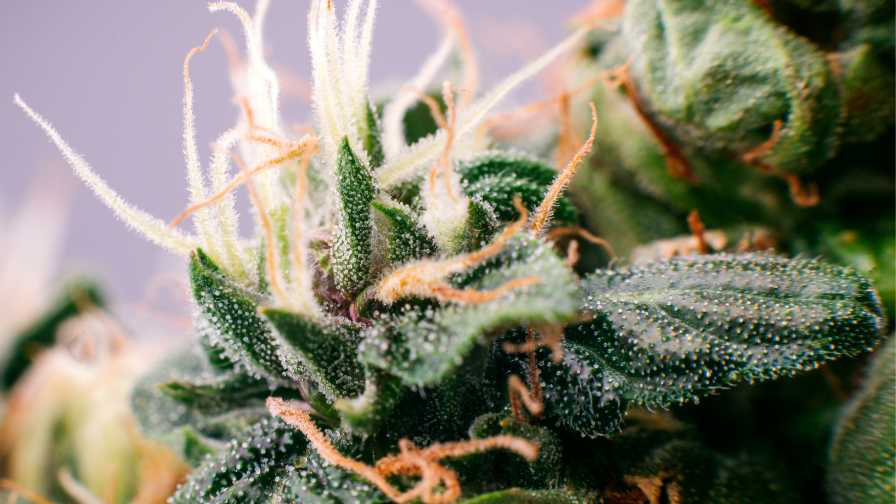
Terpenes are hydrocarbon molecules that give marijuana its entire gamut of inimitable flavors. These volatile substances are secreted by trichomes, the cannabis glands, which are located on leaves, buds and stems.
The biological function of terpenes in nature is to attract pollinating insects to the plants, scare away herbivores and increase the immunity of the bushes.
Cannabis can contain up to 140 odorous terpenes, each of which has its own unique aroma and can influence the severity of psychoactive effects. There are terpenes that have a strong relaxing effect, others, on the contrary, invigorate and cheer up. Many terpenes have medicinal potential.
Modern growers offer a wide variety of hemp varieties with unique flavors. For many growers, the scent of marijuana is the most important selection criterion!
Once the importance of terpenes became known, growers began looking for ways to increase their content in marijuana. In this article, we will discuss 8 methods that will enable growers to grow a fragrant crop with a high concentration of aromatic substances.
1.Attention - to genetics
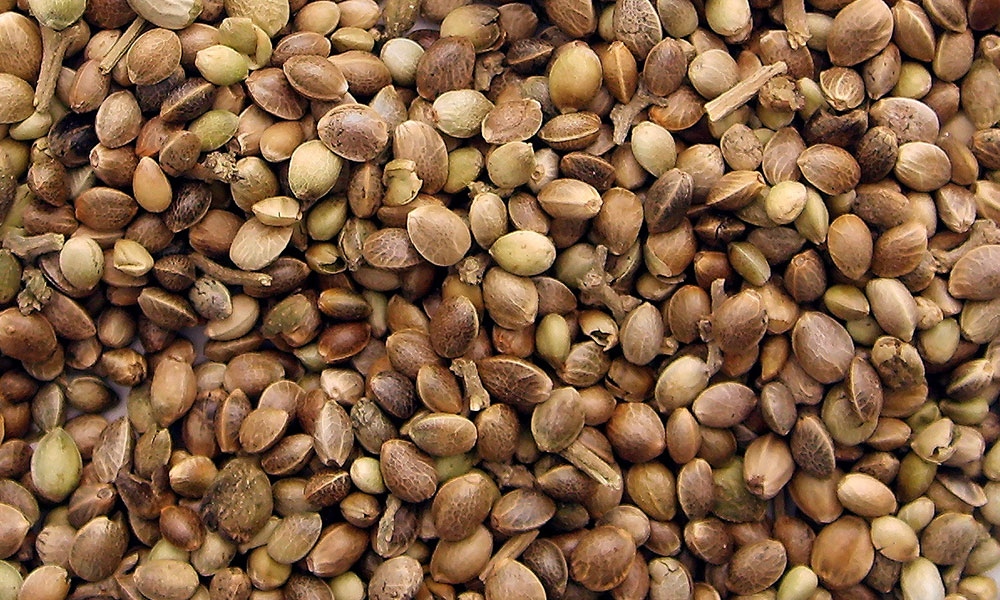
The first thing to look out for is the selection of the cannabis strain. Even the most experienced grower will not be able to grow a fragrant, patient crop if the hemp has poor genetics.
The hemp variety must be created by trusted growers. Modern seed banks offer a huge number of different options, among which you can find cannabis for every taste. In addition to the traditional coniferous, earthy and spicy aromas, there are berry, fruit and mint aromas, aromas of fresh baked goods, gum, cheese, etc.
The varieties differ from each other not only in the unique combination of odors, but also in the degree of their expression. Breeders are specifically working on the development of both low-odor and strong-smelling varieties. This variety will help meet the needs of every grower. The choice is always up to the grower!
2.Quality Medium
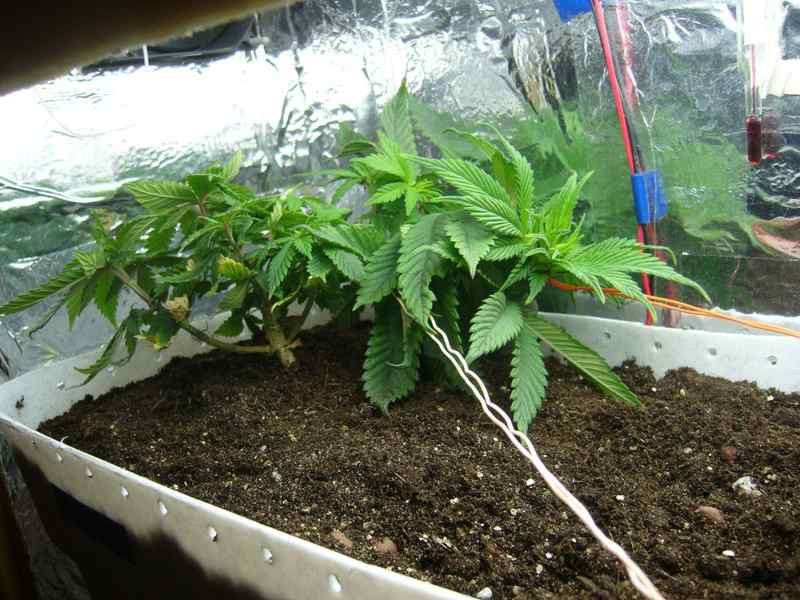
Close attention should be paid to the quality of the land for cultivation. Medium loose soil should have a rich microflora with nutrients, vitamins and trace elements. It is in such a land that you can grow a crop with a rich bouquet of aromas. A similar situation is observed, for example, with grapes - grown in the soil of certain regions, this berry acquires a unique taste and exquisite smell.
3.Enough light
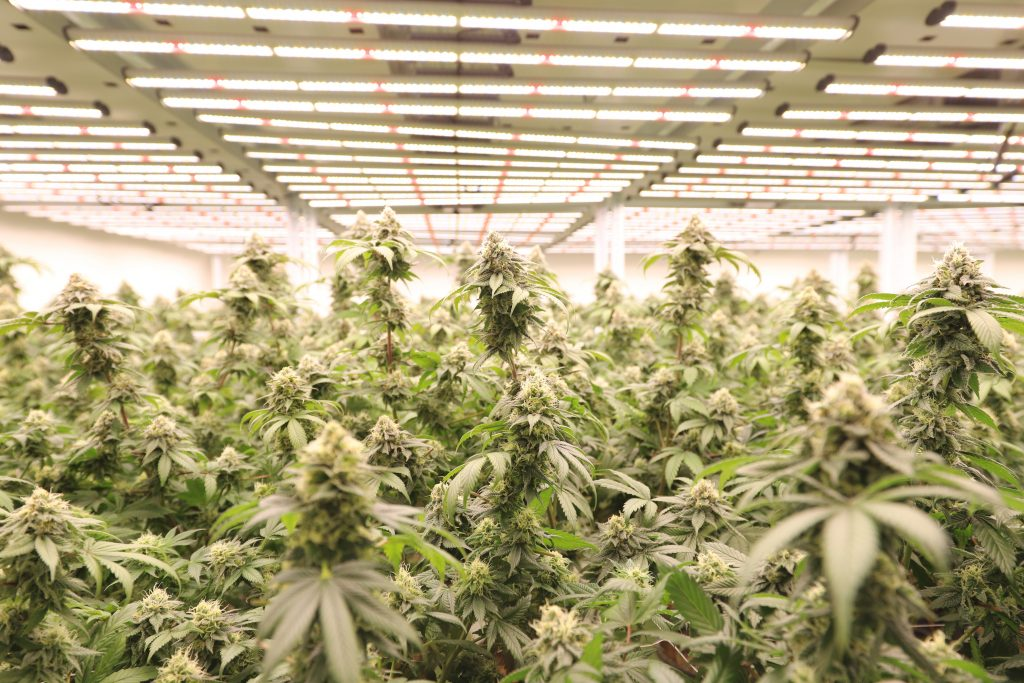
The production of terpenes is greatly influenced by light. To 100% reveal the genetic characteristics of the variety, you need to provide the bushes with the optimal amount of light. When growing outdoors, the grower must ensure that the shrub is not shaded by trees or adjacent taller plants. There should be enough free space between the bushes so that all branches are in the sun.
Indoors, the importance of proper lighting organization increases - there is no sunlight, and all the care of its imitation falls on the shoulders of growers. Terpenes begin to be produced by plants during the flowering period, when the need for light rays in the red range increases. HPS sodium lamps or modern LED grow lights can give such light.
4.Low stress training
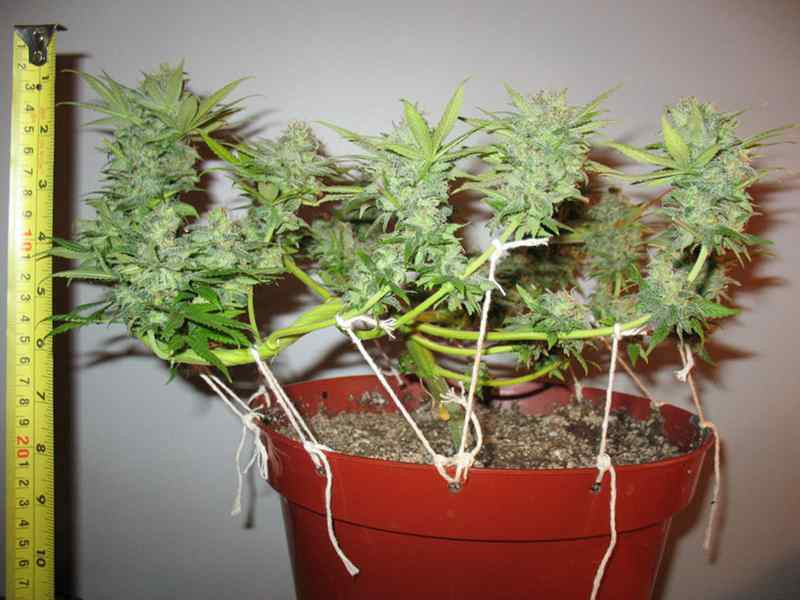
The little stress the grower puts on the plants will stimulate more active terpene production. Being exposed to stressful influences, the plant begins to "think" that it will soon die, therefore it seeks to fulfill its main biological goal at all costs - to leave offspring. Terpenes, on the other hand, play an important role in the fertilization of plants, allowing them to capture the pollen of male plants, attracting pollinating insects. This is why, when stressed, bushes begin to produce much more terpenes than they normally would.
There are many different types of modern low stress training that can stimulate terpene production. Many methods involve trimming and bending the branches of the plants, as a result of which the remaining shoots receive uniform illumination from all directions.
You can remove the large fan leaves around the buds, and also cut off the lower leaves without cones, which pull strength from the plants, but are not useful.
Having decided to use stressful methods, the grower must do everything clearly according to the rules and quickly monitor the reaction of the growers so as not to cause them too much harm.
5."Ice shower"

This method is recommended by many experienced growers - in fact, it is another stressful method that encourages the plant to use all the ways to reproduce. The point is that 1-3 weeks before the harvest, the grower spills the seedlings with ice water several times. The optimum temperature of the liquid is + 5 + 10 ° C. Such an icy shower is a perfect imitation of cold autumn rains, which indicate the imminent approach of winter. In an effort to leave offspring at any cost, the bushes will develop much more fragrant resin with terpenes than in the usual state.
The method has another plus - such watering of the bushes allows you to rinse the buds, removing traces of contamination from them and removing the residues of chemical fertilizers from the plants. The resulting harvest will be clean and fragrant.
6.Harvest - just in time
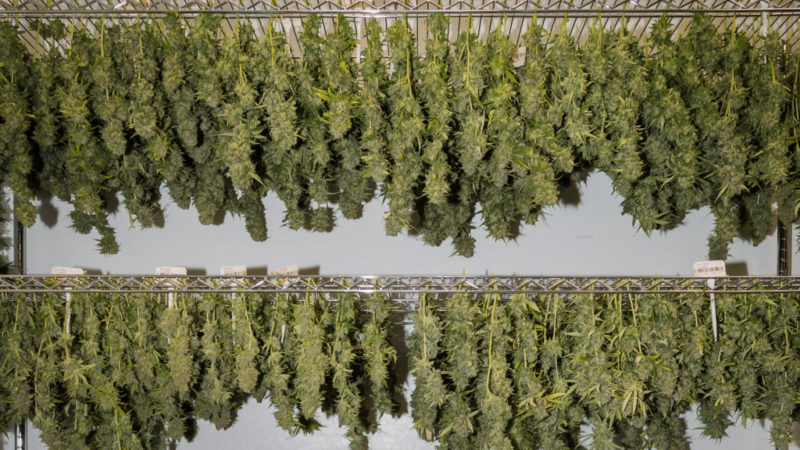
By determining the optimal harvest time, the grower will be able to obtain the highest possible THC and terpene buds. The exact time of harvest is best determined by the maturity of the trichomes. 50% of these miniature glands should turn cloudy and milky white, and 50% should already change color to amber orange. If harvested later, the terpenes may simply evaporate and the marijuana aroma will be too weak.
7.The more flavorful, the more terpenes
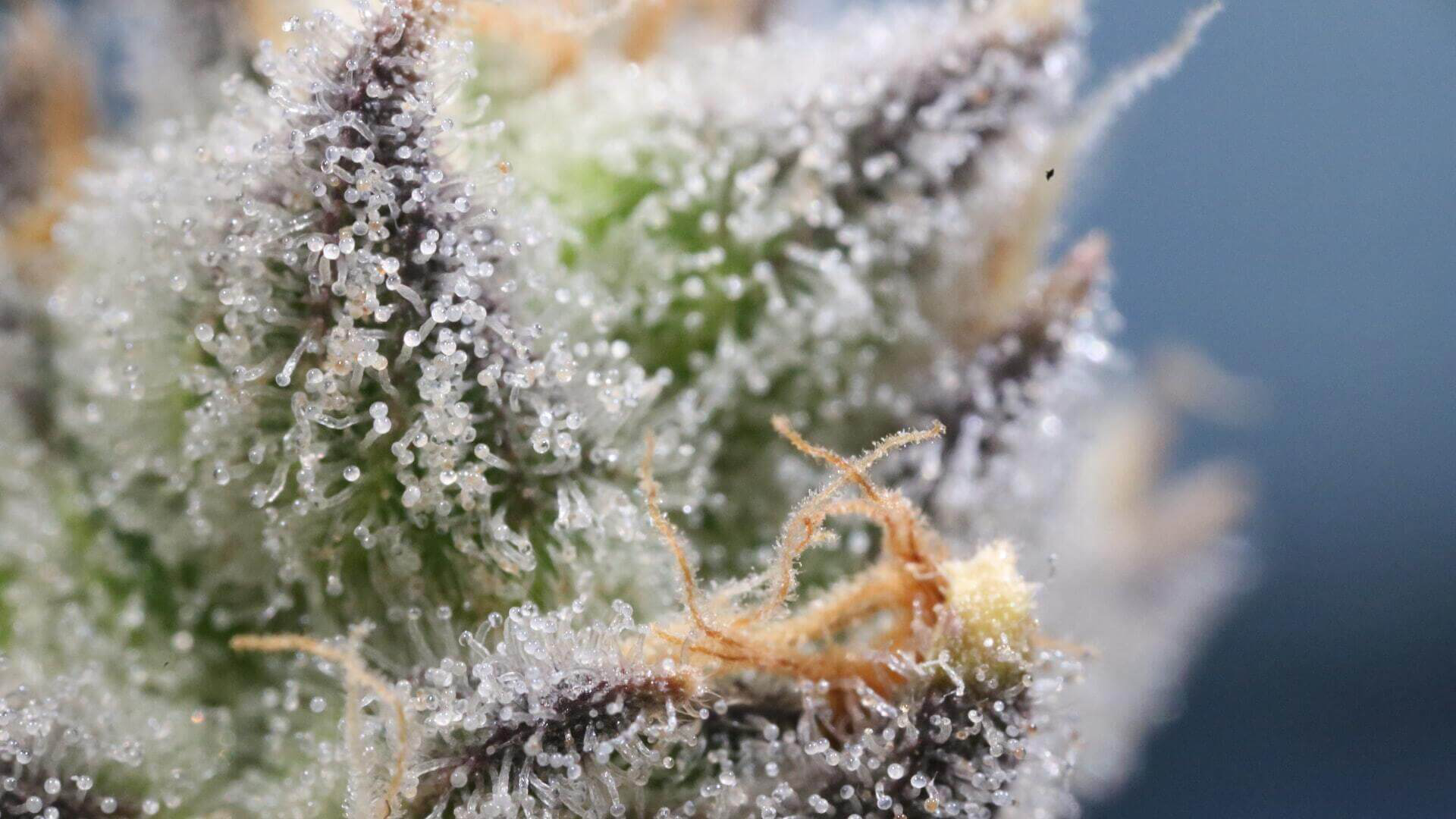
Trichomes containing terpene resin are very fragile and small. If you handle the bushes carelessly, they can be damaged and crumble, taking aromatic substances with them.
To avoid this, it is important to proceed very carefully. You need to cut off the branches with a sharpened tool. Manicure is best done over sheets of paper so that fallen trichomes do not disappear. It is best not to touch the buds with your hands at all and do not shake the shoots once again.
8.Competent treatment
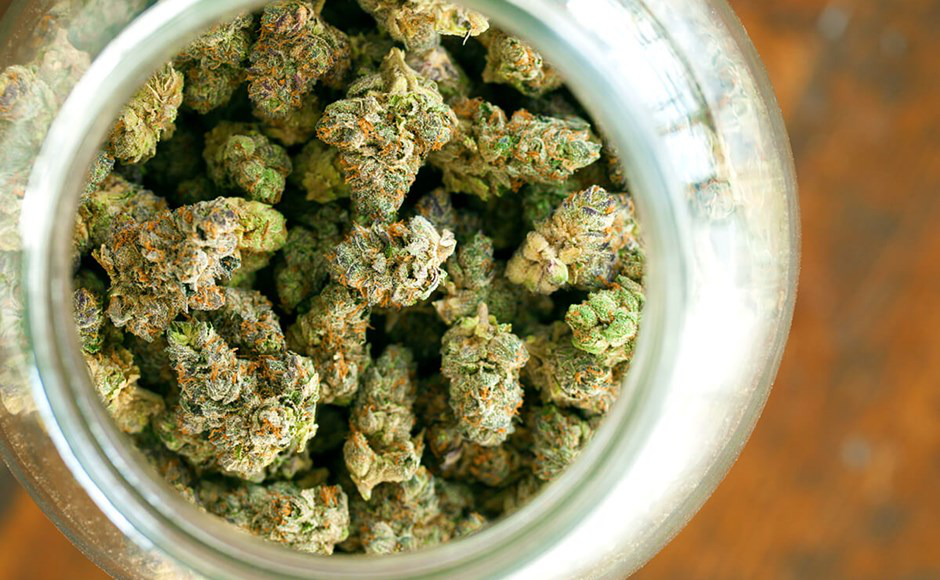
To fully preserve the terpenes in the harvested crop, it is imperative to cure marijuana . This process is not fast, but this is the whole point - to let the buds dry out slowly and under the right conditions, so that the terpenes do not evaporate and do not change their properties.
The curing should be carried out in a cool dark room, the relative humidity of the air in which should not exceed 50%. It can take 1-2 months to properly cure. Everything will depend on the variety and condition of the marijuana after drying.























